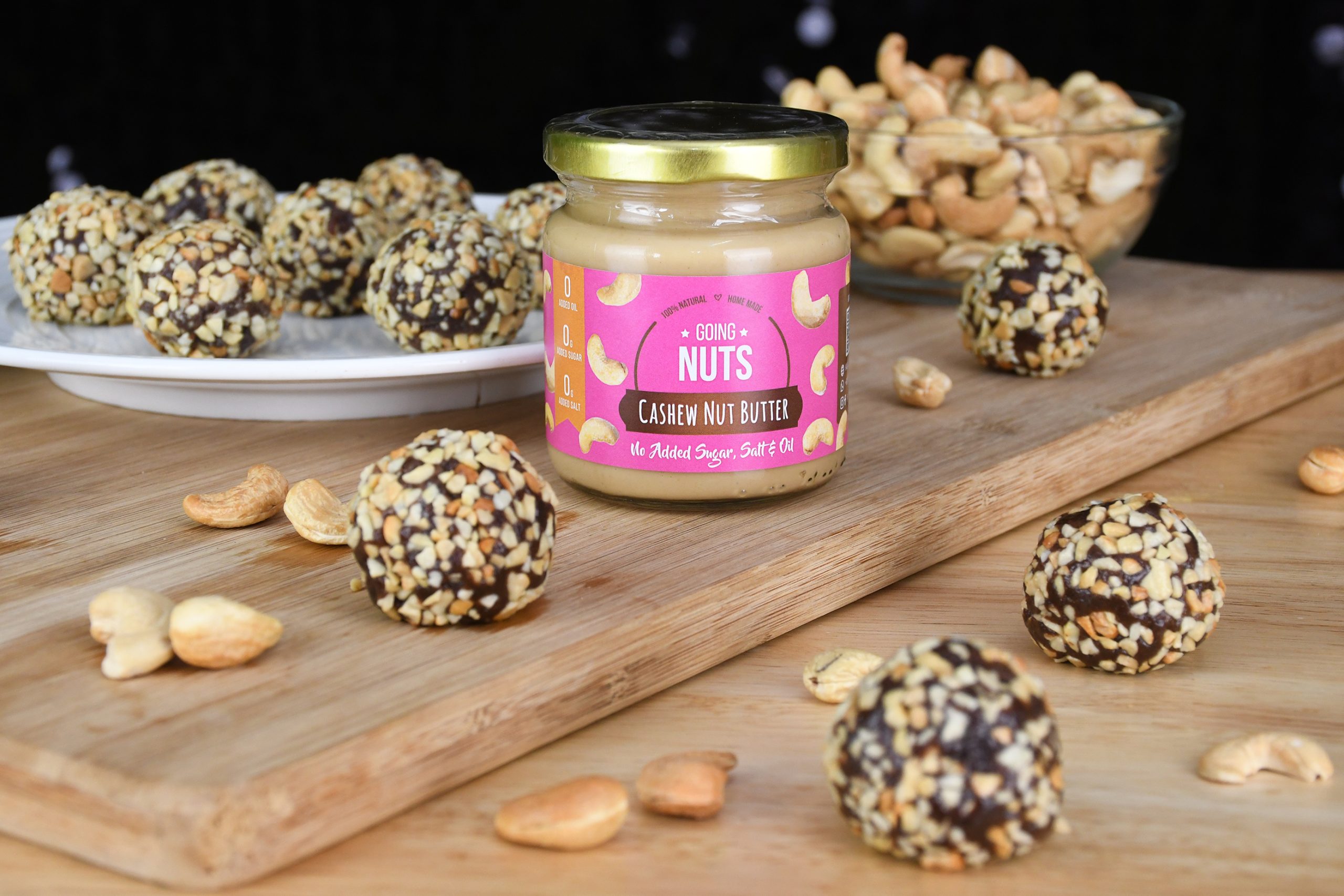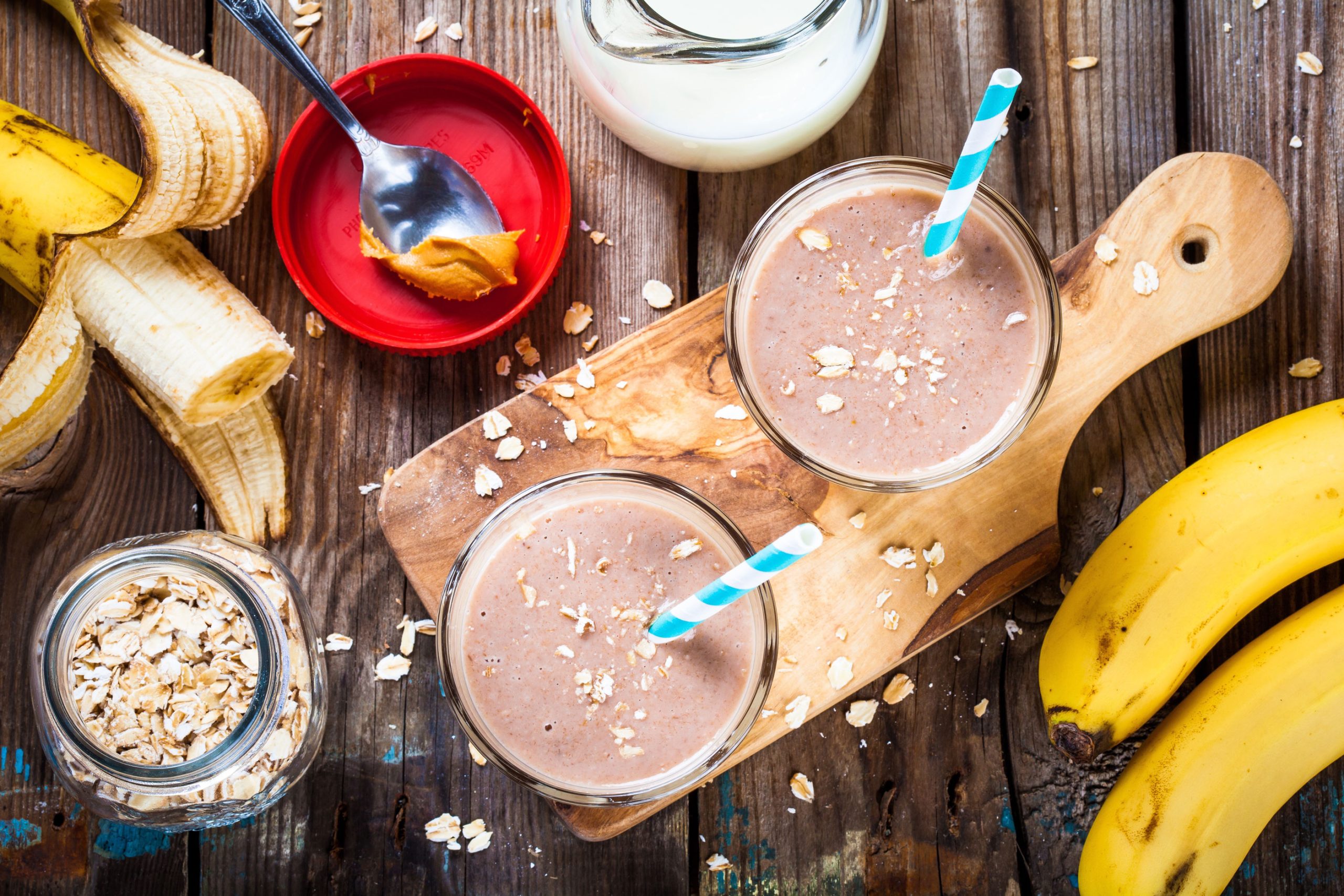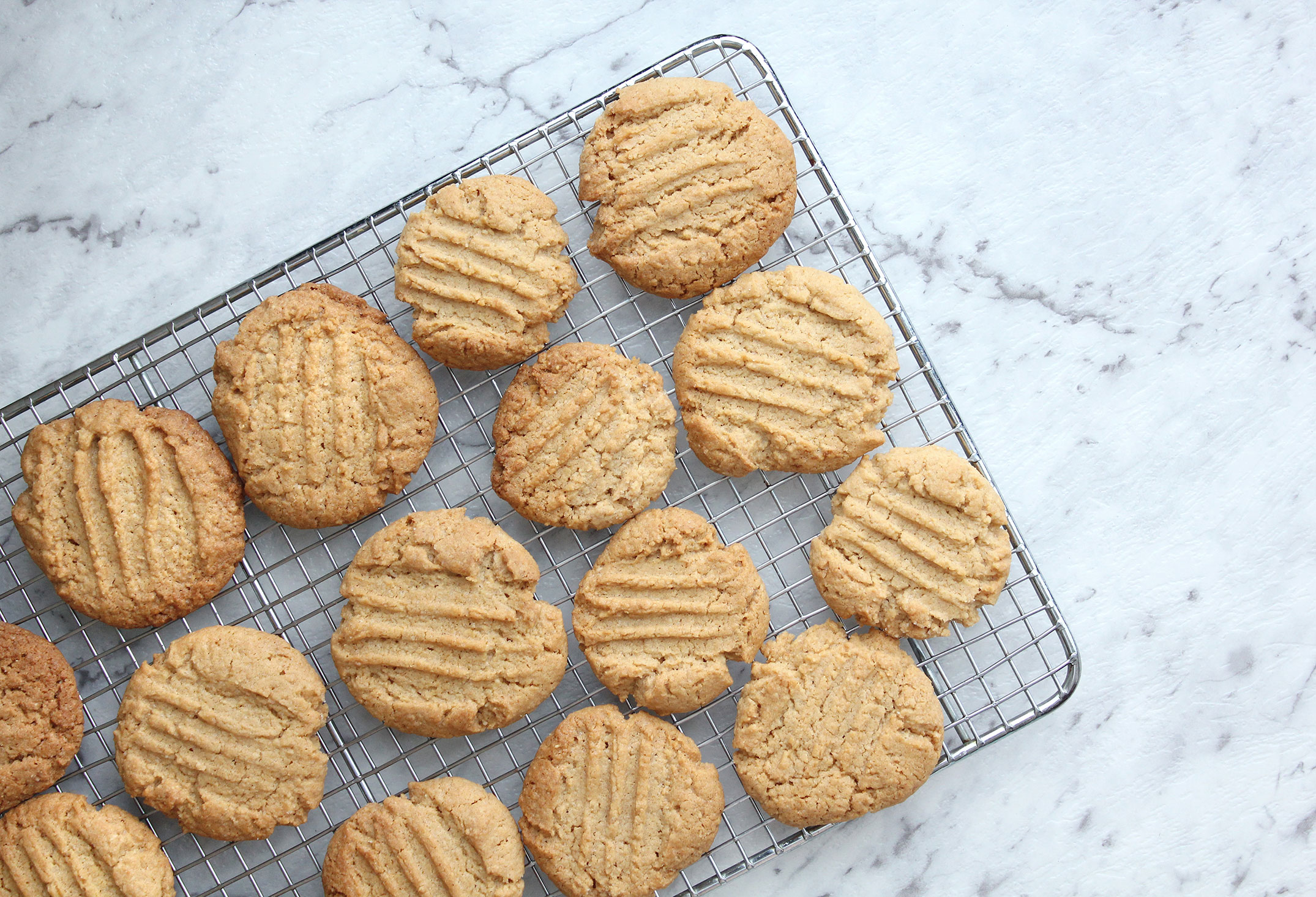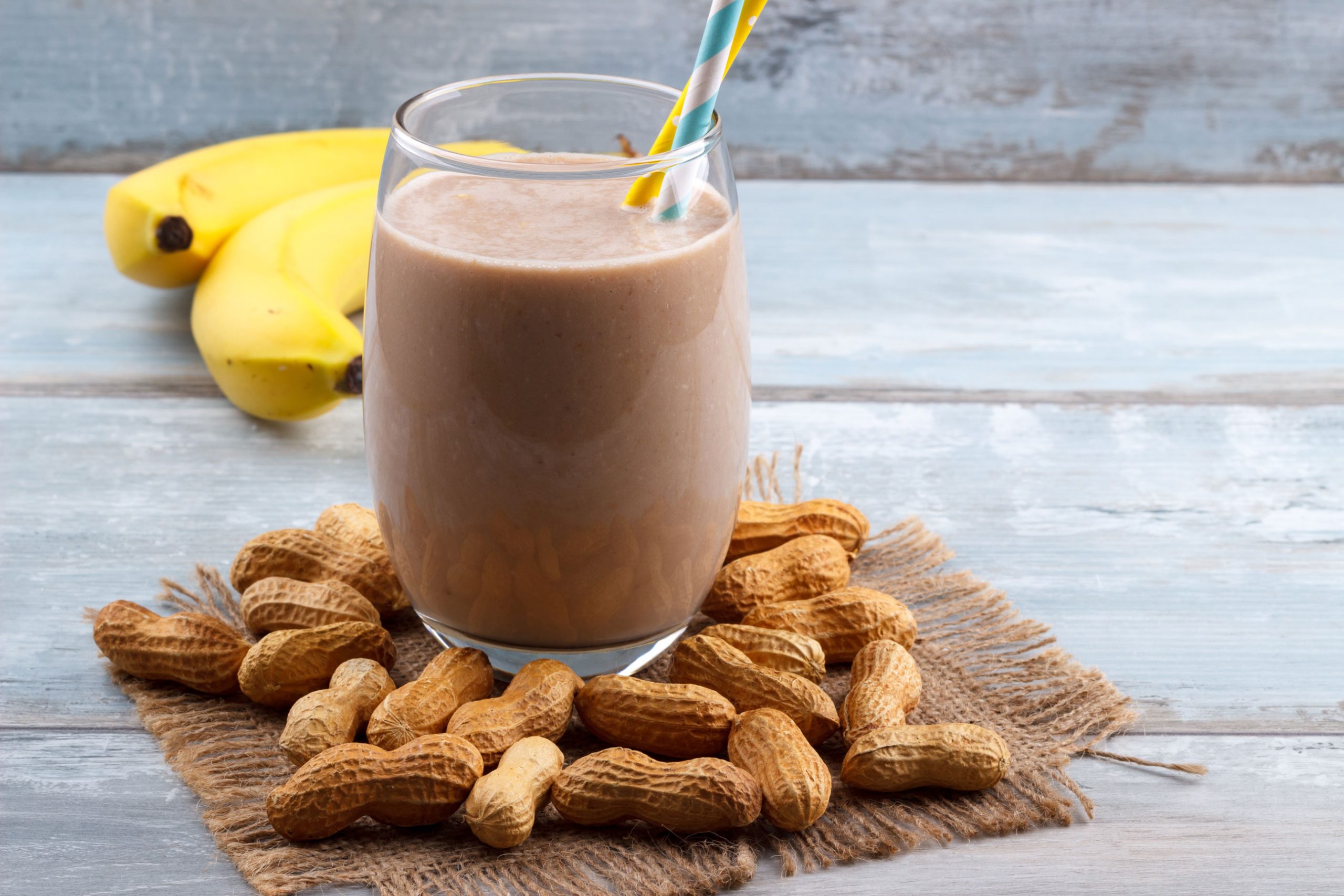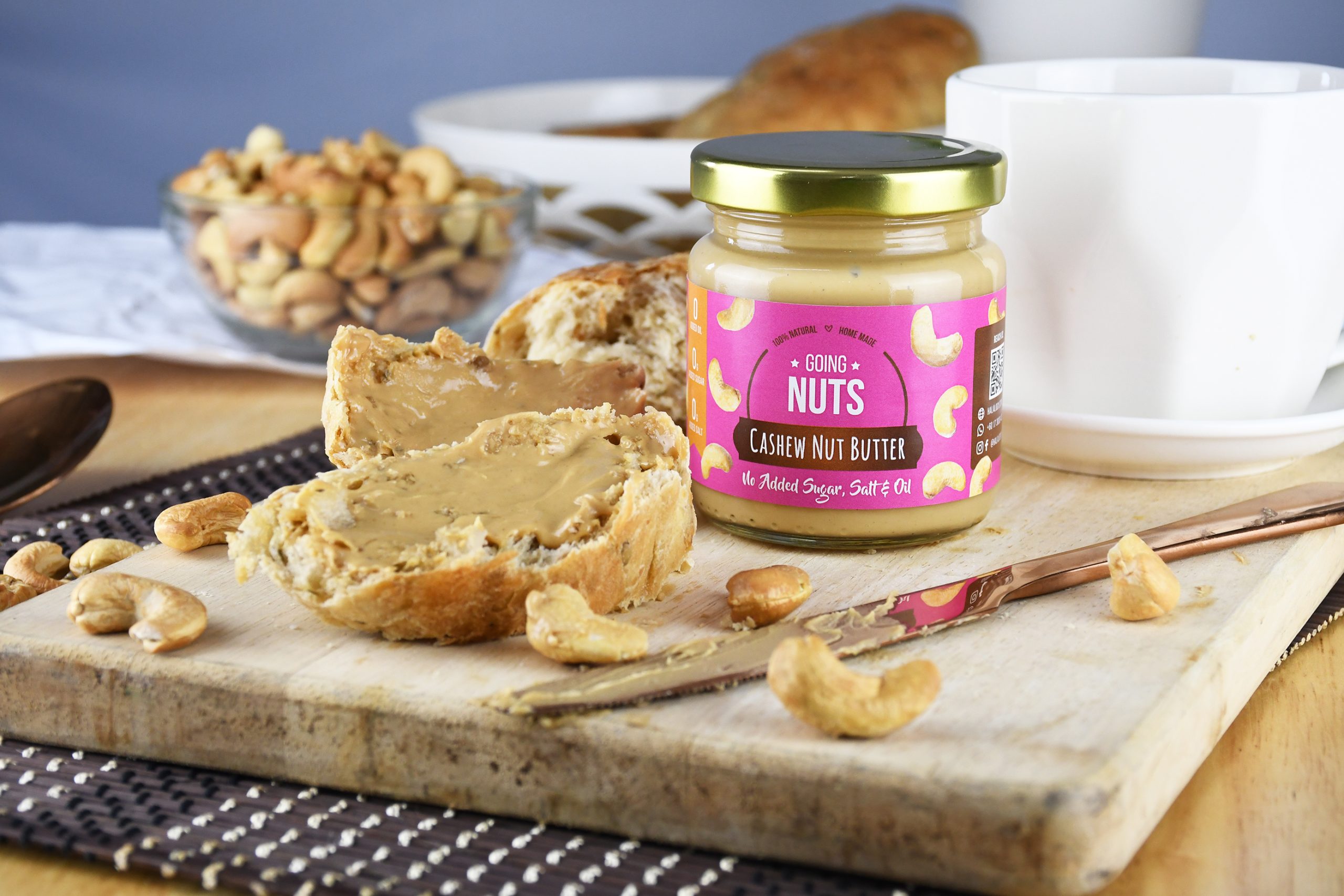
While peanut butter has long been a beloved pantry staple, there’s a world of other delectable nut and seed butters waiting to be discovered. Whether you have a peanut allergy, prefer a different flavor profile, or simply want to explore new options, these alternatives offer a variety of tastes and nutritional benefits. In this article, we’ll delve into some fantastic alternatives to peanut butter that can add excitement and wholesome goodness to your meals and snacks.
1. Almond Butter: Creamy and Nutrient-Rich
Almond butter is one of the most popular peanut butter alternatives, and for good reason. Made from roasted almonds, almond butter boasts a creamy texture and a slightly sweet, nutty taste. It’s packed with monounsaturated fats, vitamin E, magnesium, and calcium, offering a nutrient-rich option for heart health and bone support. Almond butter can be used as a spread, added to smoothies, or enjoyed as a dip for fruits and veggies.

2. Cashew Butter: Smooth and Indulgent
Cashew butter is another luscious alternative that sports a velvety texture and a milder flavor compared to almond or peanut butter. Cashews are rich in healthy fats, including oleic acid, as well as minerals like zinc and copper, which support immune function and skin health. Cashew butter works wonderfully in both sweet and savory dishes, making it a versatile addition to your kitchen.

3. Sunflower Seed Butter: Nut-Free Delight
For those with nut allergies or looking for a nut-free option, sunflower seed butter comes to the rescue. Made from roasted sunflower seeds, this butter offers a slightly nutty taste without containing any nuts. Sunflower seed butter is an excellent source of vitamin E, magnesium, and selenium, which provide antioxidant benefits and support thyroid function. Spread it on sandwiches, use it as a dip, or include it in baked goods for a nutty twist.
4. Tahini: Creamy Sesame Seed Powerhouse
Tahini, made from ground sesame seeds, is a staple in Middle Eastern cuisine. Its thick and creamy texture makes it a versatile ingredient for savory dishes like hummus and salad dressings. Tahini is a great source of healthy fats, protein, and essential minerals such as iron, calcium, and zinc, making it a nutrient-packed alternative to peanut butter.

5. Walnut Butter: Omega-3 Rich Option
Walnut butter is not as common as some other nut butters, but it’s worth trying for its unique flavor and nutritional benefits. Walnuts are known for their high content of omega-3 fatty acids, which support brain health and heart function. Walnut butter adds a rich, earthy taste to dishes and can be enjoyed on toast, drizzled over oatmeal, or used as a dip for apple slices.
6. Pumpkin Seed Butter: A Savory Twist
Pumpkin seed butter, also known as pepita butter, is made from roasted pumpkin seeds. It has a slightly nutty and savory taste, making it an excellent addition to both sweet and savory recipes. Pumpkin seeds are a good source of plant-based protein, iron, zinc, and magnesium. Pumpkin seed butter can be used in sandwiches, stirred into soups, or blended into smoothies for a unique flavor profile.
Conclusion
When it comes to nut and seed butters, the choices are endless. Each alternative brings its own distinct flavor, texture, and nutritional benefits to the table. Whether you’re looking for a change from peanut butter, have specific dietary requirements, or simply want to explore new tastes, these alternatives offer a world of possibilities to elevate your meals and snacks.
When choosing a nut or seed butter, be mindful of any allergies or dietary considerations you may have, and opt for products with minimal or no added sugars or unhealthy additives. Embrace the variety and richness that these alternatives offer, and enjoy the delicious journey of discovering new and wholesome options beyond peanut butter.

